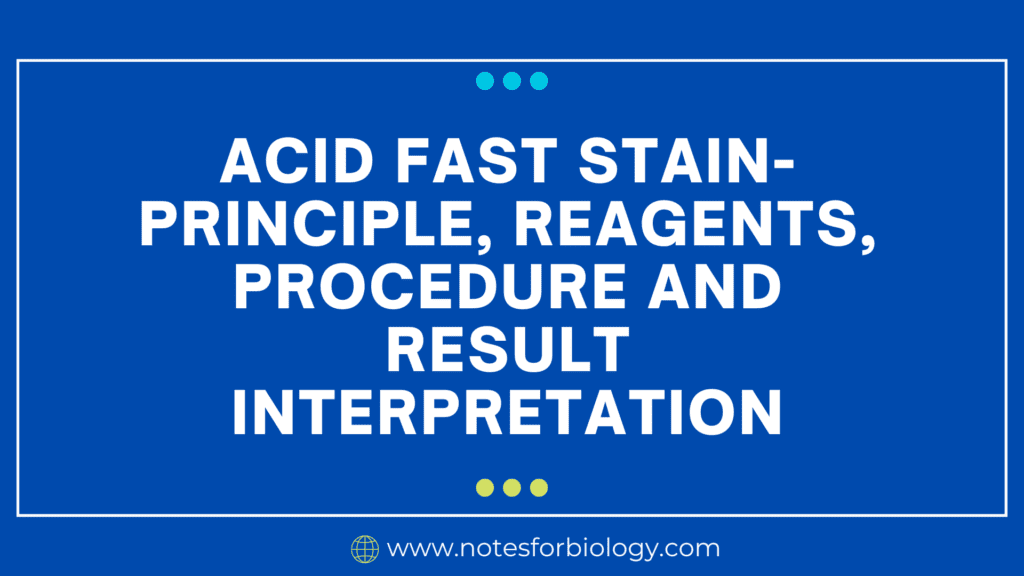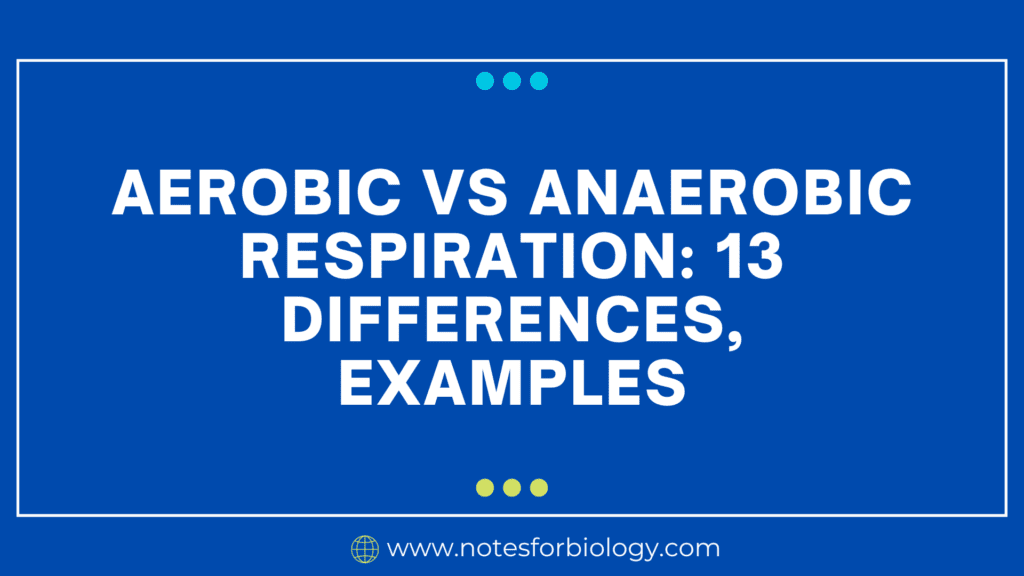Blood Pressure: Definition, Measurement, Mechanism
Blood pressure is the force of blood pushing against the walls of the arteries as the heart pumps it throughout the body. It is a vital indicator used to determine cardiovascular health. It is usually measured in millimeters of mercury (mmHg) and expressed as two numbers: systolic pressure and diastolic pressure. The systolic pressure (the higher […]
Blood Pressure: Definition, Measurement, Mechanism Read More »










